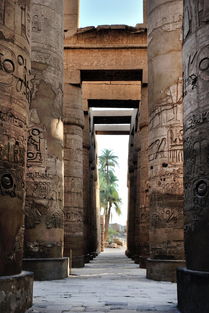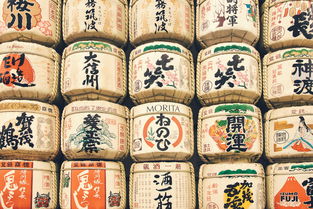As an experienced architecture designer, I am delighted to delve into the rich tapestry of Chinese architectural heritage, exploring its profound impact and iconic representations in the English language. From ancient temples to modern skyscrapers, these structures not only embody cultural essence but also serve as global symbols of architectural excellence.
1、The Great Wall of China (The Great Wall)
The Great Wall, often referred to in English as the 'Long Wall', is a UNESCO World Heritage site and a testament to the ingenuity and perseverance of ancient Chinese civilization. Its sprawling length and grandeur make it one of the most recognizable landmarks globally, symbolizing strength and resilience.
2、The Forbidden City (The Forbidden City)
This majestic palace complex, known in English as the "Imperial Palace," showcases the opulence and sophistication of imperial China. Its grand halls, intricate designs, and historical significance make it a UNESCO World Heritage site, representing a blend of aesthetics and political power.
3、Tang Dynasty Pagodas (Buddhist Temples)

The Buddhist temples from the Tang Dynasty, such as the famous Lao Si Temple or the Mogao Caves, are recognized globally for their exquisite art and architecture. The English translations often evoke the term "Grottoes" or "Buddhist Relics," emphasizing the artistic and spiritual significance.
4、The Terracotta Army (Terra Cotta Warriors)
This awe-inspiring archaeological discovery, translated as the "Terra Cotta Warriors and Horses," highlights the military prowess of Qin Shi Huang, the first emperor of China. Its grand scale and historical importance contribute to China's reputation as a nation with a long history of innovation.
5、The Potala Palace (Palace of Potala)
Located in Tibet, the Potala Palace, or "Red Palace," embodies the fusion of Tibetan architecture with Chinese influence. It's recognized by its striking red color and spiritual significance, often referred to as "the jewel on the crown of the Himalayas."
6、Shanghai Bund (The Bund)
This iconic riverside promenade, often known as "The Bund," represents the transition from traditional to modern China. Its European-inspired architecture contrasts with the traditional buildings across the river, reflecting the city's cosmopolitan past and present.
7、The Bird's Nest (Bird's Nest Stadium)
Designed for the 2008 Beijing Olympics, the National Stadium, or "Bird's Nest," is a prime example of modern Chinese architecture. Its unique design, resembling a bird's nest, has become synonymous with China's growing global influence.
8、The Three Gorges Dam (Three Gorges Dam)
While not a traditional building, the Three Gorges Dam, the world's largest hydroelectric dam, stands as a testament to China's engineering prowess and commitment to sustainable development. Its English name, "Three Gorges Dam," reflects its location and function.
In conclusion, the English names of these renowned Chinese buildings serve as a bridge between the East and West, allowing a global audience to appreciate and understand the cultural and architectural richness of China. Each structure tells a story of China's past, present, and future, making them not just architectural wonders but also symbols of China's enduring legacy.











